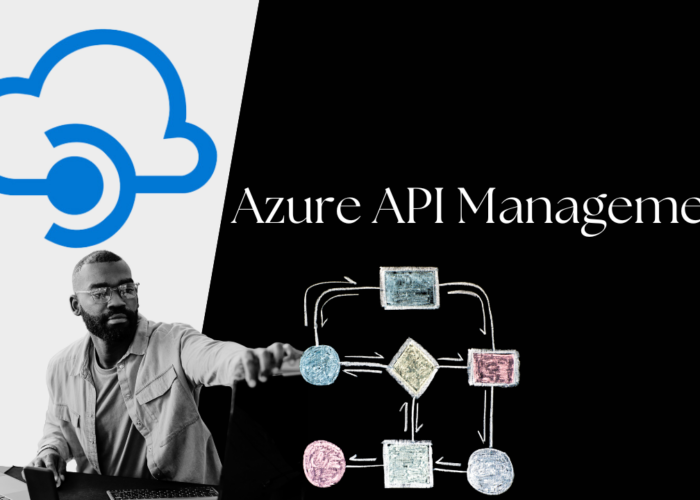In previous articles we have discussed what an API is and how they are transforming the digital economy. Today we go one step further on the subject and discover what an “API Marketplace” is.
What is an API Marketplace?
In order to understand what an API Marketplace is, we will start by defining what a marketplace is:
A marketplace is an online platform that acts as an intermediary between buyers and sellers, allowing products and services from different vendors to be sold in one place.
So, if we take this to the world of apis, what is an API Marketplace?
An API Marketplace is a type of marketplace that focuses specifically on providing APIs (Application Programming Interfaces) to developers, allowing them to access specific functionalities of an application or platform in order to integrate them into their own applications.
In other words, it is a platform that offers a collection of APIs from different vendors, allowing developers to easily access them and use them in their own applications without having to build them from scratch. This can include APIs for services such as payments, image processing, speech recognition, among others. By using a Marketplace API, developers can save time and resources by having access to third-party functionalities without having to develop them internally.
Therefore, we could define it as an “evangelist” element, which aims to boost both the production and consumption of APIs.
-New post!: How to make your business grow with open source APIs-
API Marketplace benefits
If a company it thinking about following a line of business based on APIs, the API strategy this is most likely to succeed is the creation of an API Marketplace.
To better understand why, below we will see some of its benefits:
1- API Marketplace allows APIs to be known by consumers
The developers can browse the API Marketplace until the find the APIs that provide the features they desire.
2- Fosters participation
An API Marketplace has forums which imply a valuable communications channel that allows you to know market demands, while offering the much-needed feedback.
3- Encourages the development and use of APIs
You can find all kinds of educational material for developers – from guides to online events. Without a doubt, they are a valuable resource for the creation of applications that require the use of APIs, as well as the creation of APIs themselves.
4- Offers incentives to stimulate the offer and demand of APIs
From the use of money rewards to the simple ego boost of the developers, an API Marketplace fosters participation by establishing rankings, tables and statistics that advertise the most successful APIs and applications.
5- Allows the effectiveness of APIs be evaluated by means of statistics
Statistics are the tools that let you know their degree of success, which is closely linked to their chances for monetization.
Steps to follow when developing and managing an API Marketplace
Are you convinced yet? Well, like with any other activity, success does not depend on the activity itself, but on implementing it correctly.
Creating an API Marketplace that truly becomes a business requires walking a demanding path. Let’s take a look at the steps you should follow in order to accomplish it.
1- Defining the API management technological strategy
A comprehensive API Management platform is paramount for the creation of an API Marketplace, and here the developers’ portal is especially important.
2- Decide where and how to implement it
Another key decision: work on the cloud, on site or a combination of both?
3- Define an external or internal API Management strategy
The organization needs to choose between promoting a community that fosters the reuse of internal APIs, or go for an open approach that lets external developers build applications around the APIs.
-API Management: The best ally to accelerate your digital business-
4- Get the community involved and turn it into your best advocate
In order for a marketplace to be successful, it needs its community to get involved – that is, to use the platform. Therefore, you need to encourage them to do that, both in relation to the publication of the APIs, and to getting application developers to use them.
5- Encourage reuse
Analytics and KPIs are key elements when it comes to encouraging reuse, since they allow for a higher level of competitiveness, by means of tables and ratings.
6- Monetization and cross income operations between businesses
APIs are the core of the business, whether through their direct sale or through the consumption of APIs by different entities involved in the marketplace.
7- Analytics and Governance
The publication of the right APIs following specific standards can be accomplished by means of a governance that leaves room for a much-needed creativity. In order to do this, analytic tools are key.
How to choose an API Marketplace platform? Factors you should take into account when selecting it
Although there are numerous platforms available in the marketplace, the selection of the right platform will depend on the specific needs of the company. Some of the aspects to consider when choosing an API Marketplace platform include:
- Platform features: Companies should evaluate the features of the API Marketplace platform to determine if they meet their specific needs. Some of the features to look for include ease of use, API lifecycle management, customizability, and integration with other software development tools.
- Scalability: It is important to choose an API Marketplace platform that can easily scale to meet changing business needs. This can include the ability to handle larger numbers of users and transactions, as well as the addition of new APIs and functionality.
- Security: Security is a crucial aspect when selecting an API Marketplace platform. Companies should ensure that the platform offers robust security measures to protect users’ data and privacy.
- Support and community: Companies should look for an API Marketplace platform that offers good support and an active community. This may include comprehensive documentation, a knowledge base and a responsive support team to help with any issues that arise.
- Costs: The cost of the API Marketplace platform is also an important factor to consider. It is important to compare different options and evaluate if the cost fits the budget and project needs.
Conclusion
In conclusion, creating an API Marketplace is an effective strategy for companies that want to monetize their APIs and expand into new markets. However, developing and managing it requires a strategic and planned approach.
Want to learn more about how to get started with your API strategy or how to improve it? At Chakray we can help you. Contact our experts, they will be happy to advise you!


Reduce costs, complexity and technical debt with your API portfolio
Start making APIs work for your business, talk to our experts!
contact us about api management






